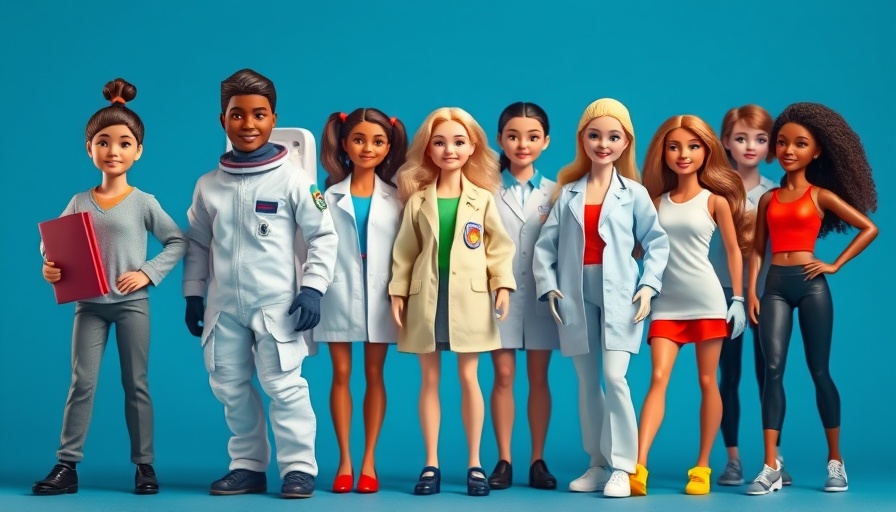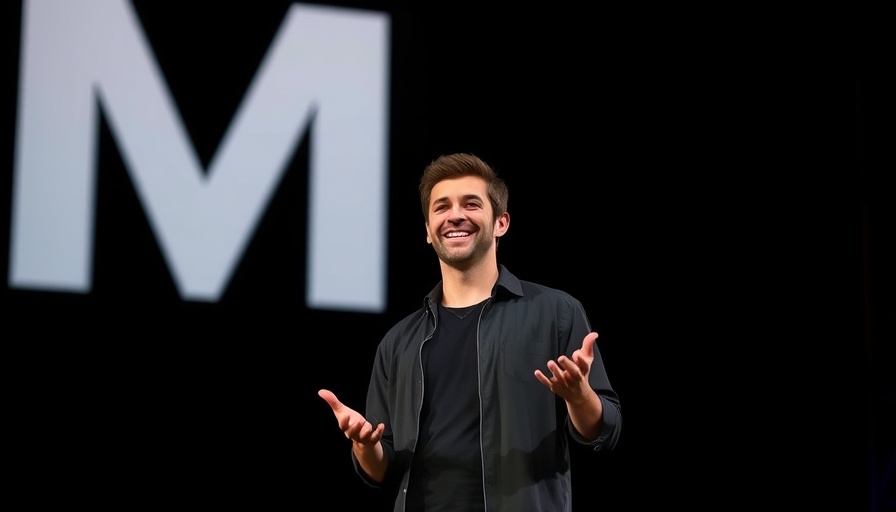
Envisioning Tomorrow's Play: The Impact of AI-Powered Toys
Exciting times lie ahead for children and families as Mattel partners with OpenAI to roll out a new era of AI-powered toys and games. This collaboration aims to leverage the creativity of classic toy tales with advanced artificial intelligence capabilities, specifically OpenAI's ChatGPT, to transform age-old play patterns into invigorating, interactive experiences. As the toy industry grapples with shifting consumer habits and innovative trends, this partnership represents a significant shift toward reimagining how toys engage and entertain.
The Fusion of Tradition and Technology
For more than 75 years, Mattel has been a cornerstone of children’s entertainment, synonymous with iconic brands like Barbie and Hot Wheels. The innovative direction of this collaboration signifies a fusion of time-honored traditions with forward-thinking technology. Josh Silverman, Mattel's chief franchise officer, emphasized the importance of this union, stating, “AI has the power to expand on that mission and broaden the reach of our brands in new and exciting ways.” This statement underscores the belief that AI is not merely an addition but a transformative element capable of revitalizing the entire play experience.
Analyzing the Playground of Tomorrow: Safety and Security Concerns
Given its established history with technology in toys—most notably with the controversial release of “Hello Barbie”—Mattel’s renewed focus on safety and privacy is crucial. The company has vowed to place these values at the forefront of product development. As toys become more sophisticated and connected, ensuring they remain safe for children is of paramount concern. Brad Lightcap, COO at OpenAI, reinforced this commitment, noting, “With OpenAI, Mattel has access to an advanced set of AI capabilities alongside new tools to enable productivity, creativity, and company-wide transformation at scale.”
Navigating Challenges in a Tough Toy Market
The toy industry has faced significant pressures as consumer spending habits evolve, leading to Mattel’s recent decision to adjust pricing on select products. This context adds weight to the urgency behind this innovative partnership. As families tighten budgets, toys that combine education and entertainment will likely resonate more strongly with today’s market. Aside from AI development, Mattel’s strategy includes expanding its entertainment offerings, from films to mobile games, embracing a multi-faceted approach to maintain relevance.
Looking Forward: The First Creations on the Horizon
The anticipation is building, with the first product from the Mattel and OpenAI collaboration set to debut in late 2025. While specific details remain under wraps, expectations are high for creations aimed at users aged 13 and above. This opens the door for innovative testing grounds, as traditional toy demographics expand to accommodate older users looking for new forms of engagement.
Embracing the Future of Play
In conclusion, the collaboration between Mattel and OpenAI is not just an innovation; it is a bold step into a future where technology and imagination coalesce to reshape childhood experiences. As these AI-powered toys move toward the market in the coming years, they might significantly alter the landscape of entertainment, learning, and creativity for young people worldwide. For parents and play enthusiasts, this initiative signals that playtime may soon be more interactive, educational, and engaging than ever.
Stay informed and excited about the upcoming transformations in the toy industry, and consider how these innovations might change the way children interact with technology in their daily lives. Now more than ever, fostering creativity through technology should be a priority as we prepare for a new wave of imaginative play.
 Add Row
Add Row  Add
Add 




 Add Row
Add Row  Add
Add 
Write A Comment